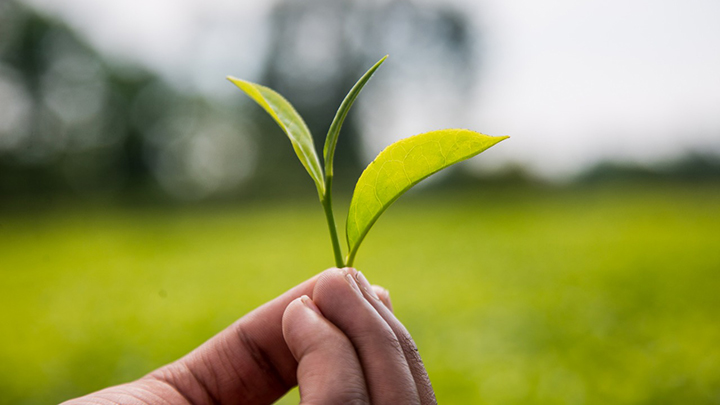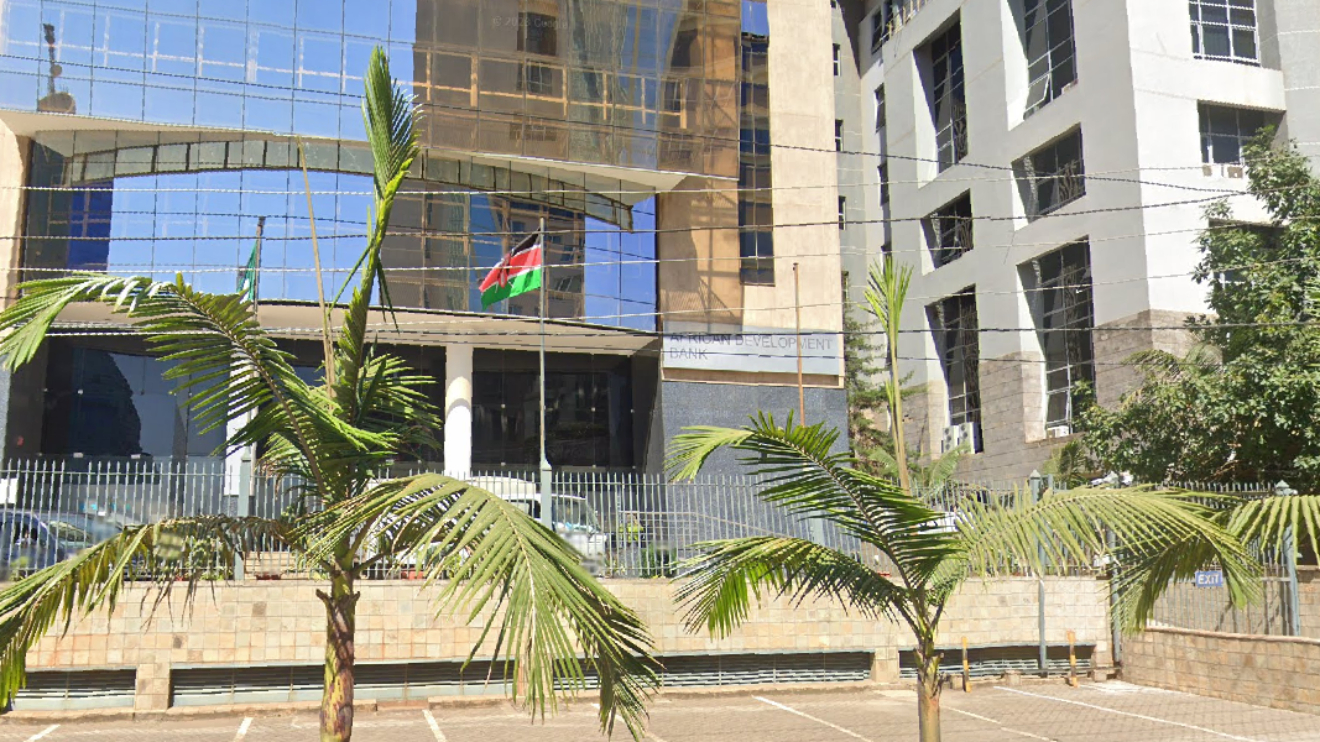The volume of green leaf produced by smallholder tea farmers under Kenya Tea Development Agency (KTDA) dropped marginally by 0.7 per cent to 615 million kg during the last 6 months ending December 2020 compared to 619.5 million kg recorded during the same period in 2019.
During the period under review, the average price per kilogram of KTDA teas at the Mombasa Tea Auction dropped notably by 14 per cent to $2.18 from $2.54 recorded in the same period in 2019.
Despite the slight drop in production, the drop in tea prices is attributed to the high volumes of tea that continue to be delivered to the auction from the region added to global tea oversupply.
“High volumes of tea produced in the East African region and elsewhere on the globe have contributed to the continued price decline in the global market,” said Alfred Njagi, MD, KTDA Management Services.
It’s the third year in a row that prices have declined due to global oversupply above the market demand and in line with a 2018 Food and Agriculture Organization (FAO) market forecast.
Read More
The high tea production in Kenya has been mainly attributed to the favourable weather conditions during the period, besides the rapid expansion of acreage under tea over the years.
In the 2019/2020 financial year, smallholder farmers under KTDA produced 1.454 billion kg of green leaf, up from 1.13 billion kg in 2018/2019, representing a 28.7 percent rise in production.
Data from the Kenya National Bureau of Statistics (2020) shows that smallholder farmers across Kenya, including those delivering to KTDA managed factories, have been increasing acreage under tea, which stood at 163,000 hectares in 2019, up from 141,800 hectares in 2018.
This has contributed to the increase in tea volumes on offer in the auction market.
‘‘The impact on tea prices of the commencement of the Tea Act 2020 that requires all black tea exports processed and manufactured in Kenya to be sold exclusively at the tea auction floor will soon be realized,” warned Njagi.
“We are waiting to see the full effects of the new law to the industry in the coming months,” The KTDA Management Services MD added.
In 2019, the world produced 6.1 million kg of made tea while consumption stood at 5.86 million kg, spilling an excess of 290 million kg of tea that continues to crush the markets.
The increased global tea production is responsible for the downward movement of tea prices.
“To improve tea prices for the smallholder tea farmers, the Kenyan Government through the newly created Tea Board, needs to assist grow the African market for Kenyan teas by courting some of the West and North African countries such as Morocco, Nigeria and also markets in other continents that are importing tea from outside Africa,” he added.



 shares a light moment with the company's Group CEO Dr Patrick Tumbo (right) at a past event-1758121528.jpeg)
-1758116028.jpeg)



